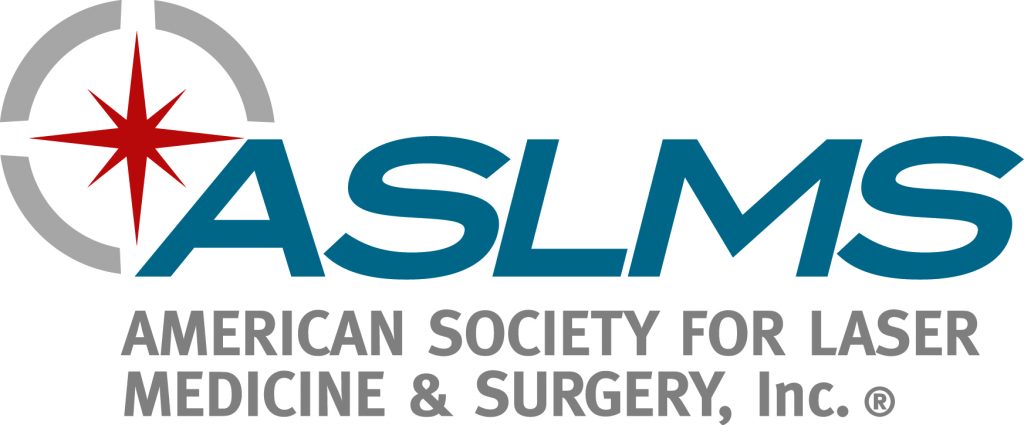Tap HERE for Course Cost. The Certified Laser Specialist® (CLS) course teaches everything you need to know about cosmetic lasers so you can provide laser hair removal, laser tattoo removal, laser skin rejuvenation, and non-invasive body contouring. Rocky Mountain Laser College’s curriculum is approved by the Colorado Department of Higher Education, Division of Private Occupational Schools Board. This 6-day course is all you need to accelerate your career.
Every state has some sort of requirement that says you must work under the supervision of a physician. Colorado residents must have a Cosmetologist or Esthetician license, or be a licensed medical professional. Find more information on state requirements here.
THIS COURSE IN DESIGNED FOR THOSE WHO DO NOT HAVE PRIOR LASER EXPERIENCE. THIS COURSE TEACHES LASER SAFETY, LASER PHYSICS, SKIN TYPES, HAIR BIOLOGY AND GROWTH CYCLES AND TISSUE INTERACTION. STUDENTS WILL LEARN TO DETERMINE THE PROPER AMOUNTS OF ENERGY, PULSE DURATIONS AND TREATMENT PROTOCOLS IN HANDS ON SESSIONS ON LIVE MODELS.
Our course is in TWO parts: 20 hours online studied at your own pace, and 40 hours (6 days) of hands-on here at the Rocky Mountain Laser College in Denver, Colorado. The hands-on portion starts Monday morning and we are complete by Saturday at noon. Course cost includes tuition, lunches, RMLC workbooks and live models to work on.
Our course will teach you these treatments and many more:
- Laser hair removal
- Laser sun spot removal
- Laser spider vein reduction
- Laser toe fungus treatments
- Laser tattoo removal – Qswitch and Pico
- Intense Pulsed Light (IPL) photofacial
- Co2 Fractional Ablative Laser skin rejuvenation
- Fractional Non-Ablative skin rejuvenation (Icon/Fraxel)
- Fractional Radio Frequency skin rejuvenation
- Radio Frequency microneedling treatments
- Radio Frequency skin tightening
- Laser wrinkle reduction
- Laser acne treatments
- Acne scar treatments
- Pico facials
Course Catalog
For more detailed information on DATES TAP HERE and COSTS TAP HERE or talk directly with our College Administrator by calling or completing the form on this page.
Please CLICK HERE to read some testimonials from our all-in-one Certified Laser Specialist® course.
Unit One: Laser Safety & Laser Physics
This unit instructs students in the importance of laser safety and laser physics. This must be taken first for the safety of both the student and the instructors.
- Laser Safety – OSHA regulations, nominal hazard zone, proper eyewear, and posted signage
- Terminology – For Lasers and Light-Based devices
- Laser Physics – What makes the laser work
- Laser/IPL – Differences and uses
Unit Two: Client Selection, Tissue Interaction & Contraindications
This unit instructs students in the aspect of providing a treatment that is both effective and tolerable. Students will be able to observe tissue interaction in relation to the laser treatment, prior to hands-on application.
- Client Selection – Which clients will or will not benefit
- Tissue Interaction – What to expect on the skin during and after treatment
- Client Observation – Observing laser treatments prior to hands-on training
- Contraindications – Treatment precautions and photosensitive drugs and disorders
Unit Three: Skin Typing, Hair Biology, and Growth Cycles
This unit instructs students on how to determine a client’s skin type, which is a necessity in providing an effective laser treatment. Students will learn hair biology and growth cycles, then learn to determine which energy level should be used in treating clients.
- Hair / Skin Biology – The parts of the hair and skin
- Anagen, catagen, and telogen hair growth cycles
- Skin typing – Full study of Fitzpatrick’s Skin Type Scale
Unit Four: Laser Parameters & Chromophores
This unit instructs students on the importance of determining the proper amounts of energy, depth of penetration and what the laser is attracted to (chromophore) in respect to the patient’s skin and hair type.
- Laser Parameters – Learning the settings of your laser
- Spot Size – How to control treatment efficacy via the depth of penetration
- Pulse Duration – How to control treatment efficacy via beam time
- Laser Chromophores – What attracts or repels the laser energy and why
Unit Five: Laser Protocols
This unit instructs students on the types of lasers and their uses.
- Different types of lasers and what they can do
- Permanent versus maintenance treatment protocol
- Different types of laser settings for different areas of the body
- Cleaning and sterilization of the lasers
Unit Six: Client Care
This unit instructs students to understand how to interact with the client during the initial consultation and how to treat a client before, during and after the treatment, which will make the aesthetic laser process easier for both practitioner and client.
- Client Consultations – Proper medical history and contraindications
- Photos – The importance of before and after pictures
- Client care – Pretreatment options, client draping, cleanliness and sterilization
- Topical Applications – Prescription topical anesthetics explained
- Hands-On Practice – Working in detail with the patient
- Post Treatment care – Ointments, dressings and post-treatment instructions
We promote best practices and evidence-based learning.

